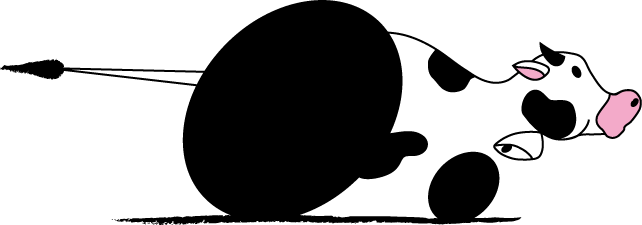Team:UNIPV-Pavia
From 2009.igem.org
m |
|||
| (13 intermediate revisions not shown) | |||
| Line 2: | Line 2: | ||
<tr> | <tr> | ||
<td colspan="3" align="center"> | <td colspan="3" align="center"> | ||
| - | <html><img src="https://static.igem.org/mediawiki/2009/ | + | <html> |
| + | <img width="100%" height="195px" src="https://static.igem.org/mediawiki/2009/2/22/Unipv_logo_prova.png" ></img> | ||
| + | </html> | ||
</td> | </td> | ||
</tr> | </tr> | ||
| Line 13: | Line 15: | ||
</td> | </td> | ||
| - | <td align="center" ><br><br> | + | <td align="center" ><br><br><br> |
| + | </td> | ||
| + | <td width="7%" rowspan="2"></td> | ||
| + | </tr> | ||
| + | <tr valign="top"> | ||
| + | <td align="center"> | ||
<font face="Pristina" size="24"><b>Ethanol? Whey not!</b></font> | <font face="Pristina" size="24"><b>Ethanol? Whey not!</b></font> | ||
<br/><br/> | <br/><br/> | ||
| - | [[Image:Ethanol_whey_not_logo_pavia.png | | + | [[Image:Ethanol_whey_not_logo_pavia.png | 340px]] |
| + | <br/> | ||
<br/><br/> | <br/><br/> | ||
| - | |||
| - | |||
| - | |||
| - | |||
| - | |||
| - | |||
<p align="justify"> | <p align="justify"> | ||
| - | We are the team of the <html><a href="http://www.unipv. | + | We are the team of the <html><a href="http://www.unipv.eu/on-line/en/Home.html" target="_blank">University of Pavia</a></html>, Italy. Our team is composed of biologists, biotechnologists and biomedical engineers, gathered from different departments and laboratories of our ancient University. |
</p> | </p> | ||
<p align="justify"> | <p align="justify"> | ||
Latest revision as of 23:18, 19 October 2009
|
|
||
|
|
||
|
We are the team of the University of Pavia, Italy. Our team is composed of biologists, biotechnologists and biomedical engineers, gathered from different departments and laboratories of our ancient University. This year the focus of our work is meant to valorise the wastes of dairy farming. The main waste of cheese production is whey, and the last step of its traditional processing is still characterised by high amounts of lactose. Whey is classified as "special waste" because its high concentration of lactose can increase the proliferation of bacteria, protozoa and algae in waters, lowering the level of oxygen. The measure of risk is briefly highlighted by BOD/COD parameter. Our team's goal is to valorise whey once proteins, lactose, carbohydrates have been successfully extracted from it. We think that degrade and metabolize the lactose left through microorganisms could be an interesting way. In particular, we rely on bacteria's ability to ferment lactose into ethanol, so that the efficency of the whole process can definitely be improved. We plan to optimize metabolic reactions and increase the performances of this conversion, which shows many limitations in nature. Knowledge and techniques from Synthetic Biology are exactly what we need to create a new biological system. We aim to face this challenging question from a completely different point of view. |
||
 "
"


